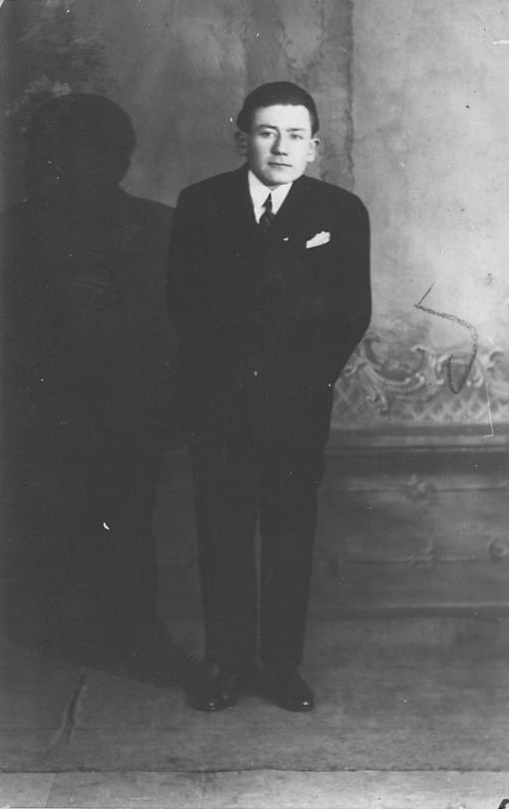Jews in Pacov

The origins of the Jewish community in Pacov can be traced back to the late 16th century. A recently published urban law-code of Pacov mentions an agreement between Jiřík Pekař and a Jew named Jakub on the use of an alley “by the butcher’s” that was made on the Mid-Lent Wednesday in 1595. Some 100 years later a religious community was established and apparently flourished without too much trouble next to a predominantly Roman Catholic population, because Pacov even functioned temporarily as the seat of a district rabbi in the early 19th century. Since the 18th century Jewish houses concentrated in two clusters. The first of those, consisting of 6 houses in the early 19th century, was in today’s Autengruber St (Autengruberova); the second, including some 4 more, was in the current Hron St (Hronova). The Rabbi’s house and house was in 315 Malovec St (Malovcova).
The first prayer room was probably situated in a private home. A freestanding neoclassical synagogue was erected around 1823 and later rebuilt in the Neo-Romanesque style (a more detailed description available here).
The Jewish cemetery is located at the northeastern edge of town in Myslík St (Myslíkova) towards Hořepník. Established in 1680, it remained in use until the WWII, although sporadically even as late as the 1960s. Today there are ca. 300 tombstones, the oldest dating back to the early 18th century. The ceremonial hall was reconstructed at the turn of the 20th and 21st century.
The number of Jews in Pacov gradually grew. Around 1850 there were ca. 32 Jewish families and in 1880 the total number of Jews living in Pacov reached 207 persons. Afterwards their numbers slowly declined as many left for foreign countries or bigger cities, mainly Prague. In November 1942 the 97 Jews who then lived in Pacov were transported to Theresienstadt and later to Auschwitz concentration camps where all but six of them eventually perished. No seniors or children survived – including the youngest Holocaust victim Helenka Schecková, who was 2 years old at the time. The last Pacov rabbi Nathan Guttmann died in Auschwitz too. His daughter Nelly survived the Holocaust and now lives in Israel.
While making up a small fraction of the total population, the Jews were nonetheless greatly involved in its economic and political life and active in the town council right up to the World War II. They operated several big companies – a leather goods manufactory, wholesale store, large farm estate, and others. After the war, only a few survivors returned to Pacov. The Jewish community disappeared and so did the memory of it several decades later.